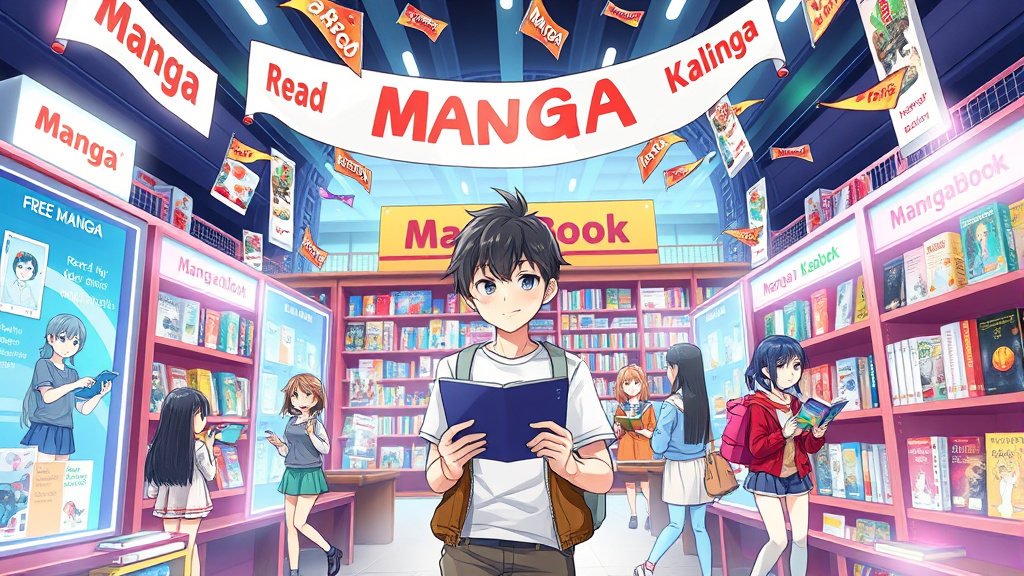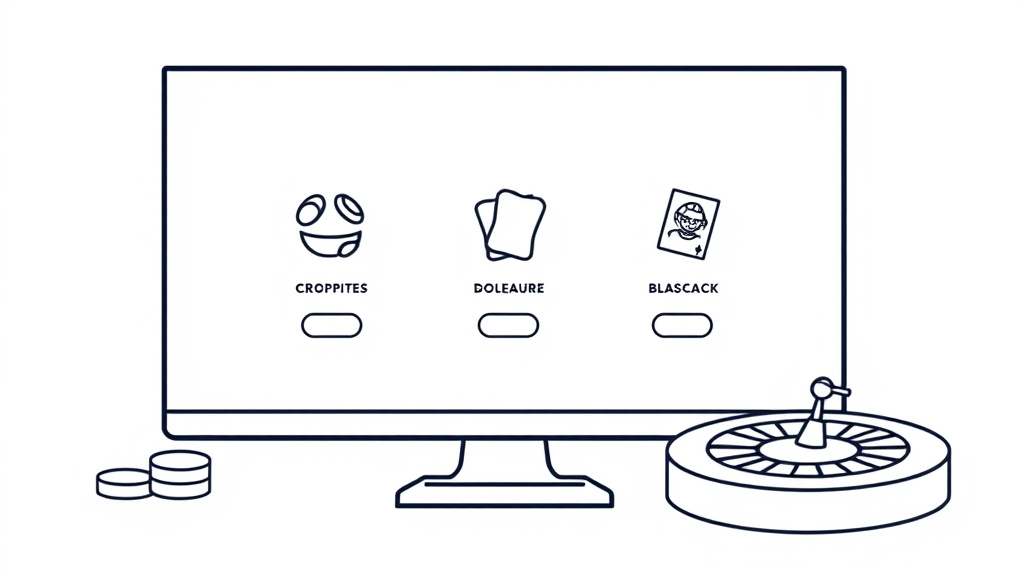raunchy manga has become an increasingly prominent genre within the larger landscape of Japanese manga and global adult entertainment, captivating audiences with its provocative themes, diverse narratives, and striking visuals. From taboo-breaking stories to aesthetic innovations, raunchy manga pushes boundaries and challenges conventional perceptions of sexuality in manga. This article delves into the complex world of raunchy manga, tracing its evolution, examining its artistic and narrative elements, and considering its cultural and ethical implications. Whether you are a dedicated fan or a curious newcomer, understanding the nuances of raunchy manga offers a window into broader discussions about art, censorship, and societal norms.
The Rise of Raunchy Manga - Exploring Trends and Popular Titles
The evolution of raunchy manga mirrors shifting cultural attitudes towards sexuality and the increasing demand for adult-themed entertainment within Japanese manga culture. Historically, explicit content was confined to underground markets or specific subgenres, but the digital age has democratized content creation and distribution. Over the past two decades, there has been a visible surge in titles that blend explicit scenes with complex characters and narratives, breaking away from simplistic or purely fetishistic representations. Popular titles like Meshitsukitai and Harem in the Labyrinth of Another World exemplify this trend by combining explicit scenes with storylines that appeal to diverse demographics.
Moreover, the international manga community has amplified the popularity of raunchy manga, with online platforms and scanlation groups disseminating these works beyond Japan’s borders. This global exposure has led to a broader acceptance and even celebration of the genre’s artistic and narrative innovations. The rise of digital manga publishing and self-publishing platforms like Pixiv Comics and Fakku has provided creators with new outlets to produce and share raunchy manga, fostering a creative environment that values experimentation and bold storytelling. Overall, the genre’s growth signifies more than just increased content—it embodies a cultural shift where sexuality is explored openly and artistically.
 Hình minh họa: raunchy manga – h manhwa
Hình minh họa: raunchy manga – h manhwaBeyond the Fan Service - Examining the Narrative Elements in Raunchy Manga
While raunchy manga is often associated with explicit scenes and fan service, many titles transcend mere titillation by integrating compelling narratives and character development. The best works in the genre balance eroticism with storytelling, exploring themes such as romance, power dynamics, personal growth, and societal taboos. For instance, some titles delve into complex interpersonal relationships, illustrating emotional struggles alongside physical intimacy, thereby enriching the reader’s engagement and fostering deeper empathy.
This emphasis on narrative complexity challenges the misconception that raunchy manga is solely about gratuitous content. Creators employ a diverse array of literary devices—foreshadowing, character arcs, moral dilemmas—to craft stories that resonate on multiple levels. The genre often serves as a mirror reflecting human desires and conflicts, offering a lens into cultural anxieties or fantasies about sexuality and intimacy. As a result, raunchy manga can be seen as a legitimate art form that encourages dialogue on taboo subjects, blending explicit visuals with meaningful storytelling.

Demographic Appeal - Who is Reading Raunchy Manga?
The readership for raunchy manga is surprisingly diverse, crossing age, gender, and cultural boundaries. Traditionally, manga targeted young male audiences, with genres like seinen and josei accommodating adult themes, including explicit content. However, recent trends indicate an expanding demographic, with women, LGBTQ+ individuals, and older adults engaging with raunchy manga for various reasons—whether for entertainment, exploration of sexuality, or artistic appreciation.
Many female readers, for example, turn to the genre for stories that challenge gender norms, featuring empowered characters or nuanced sexual dynamics. LGBTQ+ audiences are drawn to titles that explore alternative sexualities or break away from heteronormative narratives, providing representation and validation. Moreover, the proliferation of online platforms and independent creators has made raunchy manga more accessible and inclusive, widening its appeal. Ultimately, the genre’s growing diversity reflects society’s broader acceptance of varied sexual identities and the recognition of manga as a versatile storytelling medium.
Raunchy Manga and Censorship - Navigating Cultural Sensibilities
Censorship remains a significant issue impacting raunchy manga, as societal and legal standards often clash with the genre’s explicit content. In Japan, laws prohibiting the display of genitalia have led artists and publishers to employ various censorship techniques, such as pixelation or creative framing, which have become stylistic staples within the industry. These regulations aim to balance artistic freedom with cultural sensitivities, but they often generate controversy and debate about artistic expression versus societal morals.
Internationally, the reception of raunchy manga varies widely, with some countries imposing strict import bans or restrictions driven by local cultural sensibilities. This tension between free expression and censorship raises questions about artistic integrity, freedom of speech, and cultural differences. Creators frequently navigate these challenges by making subtle adjustments, creating works that imply rather than explicitize certain scenes, or by exploiting loopholes in legal frameworks. The dynamic between censorship and artistic vision continues to shape the evolution of raunchy manga, reflecting broader societal values and ongoing debates about morality and creativity.
The Art of Raunchy Manga - A Look at Visual Styles and Techniques
Visually, raunchy manga showcases a broad spectrum of styles, from hyper-realistic depictions to exaggerated, stylized forms that emphasize expressive facial features and body language. Artists often employ techniques such as dynamic panel layouts, detailed anatomical rendering, and sensual shading to heighten visual impact and evoke emotion. The genre’s visual language is crucial for conveying both the explicit content and the nuanced moods—whether it’s the tenderness of a moment or the intensity of desire.
Innovative use of color, lighting, and perspective also plays a vital role in enhancing the storytelling. Some creators experiment with surreal or exaggerated aesthetics to emphasize fantasy elements or psychological states, blurring the lines between reality and imagination. Overall, the art of raunchy manga is not merely about depicting sexuality—it’s about crafting visual narratives that evoke intimacy, vulnerability, and passion through technical mastery and artistic vision. This careful craftsmanship helps elevate raunchy manga from mere erotic entertainment to a legitimate art form with its own unique aesthetic language.
Online Communities and Raunchy Manga - Fandom, Discussion, and Distribution
The internet has revolutionized the way raunchy manga is created, shared, and discussed, fostering vibrant online communities that cross cultural boundaries. Platforms like Reddit, Discord, and dedicated manga forums allow fans to exchange recommendations, critique artworks, and discuss thematic interpretations openly. These communities contribute to the genre’s growth by supporting independent artists, advocating for freedom of expression, and challenging censorship efforts.
Distribution methods have also shifted dramatically with digital platforms, allowing creators to publish their work independently on sites like Pixiv, Gumroad, and Patreon. This democratization has empowered a new generation of artists and writers, leading to more experimental and diverse content. Moreover, fan art and deconstructions of raunchy manga further promote engagement and deepen understanding of the genre’s artistic and thematic depths. These online spaces serve as vital hubs where fans and creators converge, helping to sustain and evolve raunchy manga within the larger cultural conversation.
From Print to Digital - How the Medium is Shaping Raunchy Manga
The transition from print magazines to digital platforms has profoundly impacted the production and consumption of raunchy manga. Digital media allows for more immediate updates, niche targeting, and anonymity, which are especially beneficial for adult content that may face social stigma or legal restrictions. Artists can publish rapidly without the constraints of traditional print costs, enabling a more fluid and responsive creative process.
Furthermore, digital distribution broadens accessibility, allowing international audiences to access titles that might be restricted or censored in their regions. Interactive features such as hyperlinks, animation, and reader polls add new dimensions to the medium, enriching storytelling possibilities. This technological shift also encourages ongoing experimentation with formats, such as webcomics or augmented reality. As a result, digital media is not only transforming how raunchy manga is made and shared but also expanding the genre’s artistic and cultural horizons.
Raunchy Manga vs. Hentai - Understanding the Key Differences
While both raunchy manga and hentai deal with explicit content, their distinctions lie in intent, narrative scope, and aesthetic approach. Hentai, often characterized by highly stylized, exaggerated visuals, is primarily aimed at visual titillation and usually features a focus on explicit scenes that serve as standalone content. Conversely, raunchy manga is more integrated into broader storytelling, with explicit material woven into character development and plot arcs.
Another key difference relates to audience and cultural context. Hentai’s production often emphasizes shock value or fantasy scenarios, catering to niche adult markets, whereas raunchy manga can symbolize a more nuanced exploration of human relationships, desires, or societal themes. The genre’s focus on narrative and thematic depth generally elevates raunchy manga to a more complex artistic category, blurring the lines between adult entertainment and serious manga art. Recognizing these differences is essential for understanding the genre’s cultural significance and the diverse expectations of its audience.
Ethical Considerations in Raunchy Manga - Representation and Exploitation
As with all adult media, raunchy manga raises important ethical questions about representation, consent, and exploitation. Inclusive and respectful portrayals of sexuality help promote healthy attitudes and challenge harmful stereotypes, while exploitative or non-consensual depictions can reinforce negative societal biases. Creators bear responsibility for ensuring their content does not normalize abuse or objectify marginalized groups.
Furthermore, the power dynamics within some works can raise concerns about exploitation or unrealistic portrayals of intimacy. Ethical creators are increasingly aware of these issues and strive to depict consensual, empowering, and diverse sexual experiences. This awareness influences narrative choices and artistic approaches, shaping the genre’s future as a more socially conscious art form. Ultimately, balancing artistic freedom with social responsibility remains at the core of ethical discussions surrounding raunchy manga.
The Future of Raunchy Manga - Predictions and Evolving Trends
Looking ahead, raunchy manga is poised for further diversification and innovation as societal norms continue to evolve and technology advances. The rise of AI-driven art tools and virtual reality could revolutionize visual storytelling, creating immersive experiences that deepen emotional and erotic engagement. Additionally, greater inclusivity and representation are likely to become standard, reflecting a broader spectrum of sexual identities and expressions.
Emerging creators may also experiment with new formats, blending manga with other media such as video, interactive web comics, or augmented reality experiences. As conversations around censorship, ethics, and societal acceptance mature, the genre might shift toward more nuanced and meaningful explorations of sexuality, moving beyond stereotypes and sensationalism. Overall, raunchy manga’s future seems bright, driven by a desire for authentic storytelling, artistic experimentation, and open dialogue about human intimacy and desire.
Conclusion
Raunchy manga has evolved from underground curiosities to respected facets of contemporary manga culture, blending artistic mastery with provocative storytelling. Its growth reflects changing societal attitudes toward sexuality, technological advancements, and the democratization of content creation and distribution. The genre’s ability to explore complex narratives, emotional depth, and diverse perspectives makes it a compelling and significant cultural phenomenon. Moving forward, the balance between artistic expression, ethical responsibility, and societal acceptance will shape the future of raunchy manga, ensuring it continues to challenge conventions, push boundaries, and delight audiences worldwide.





